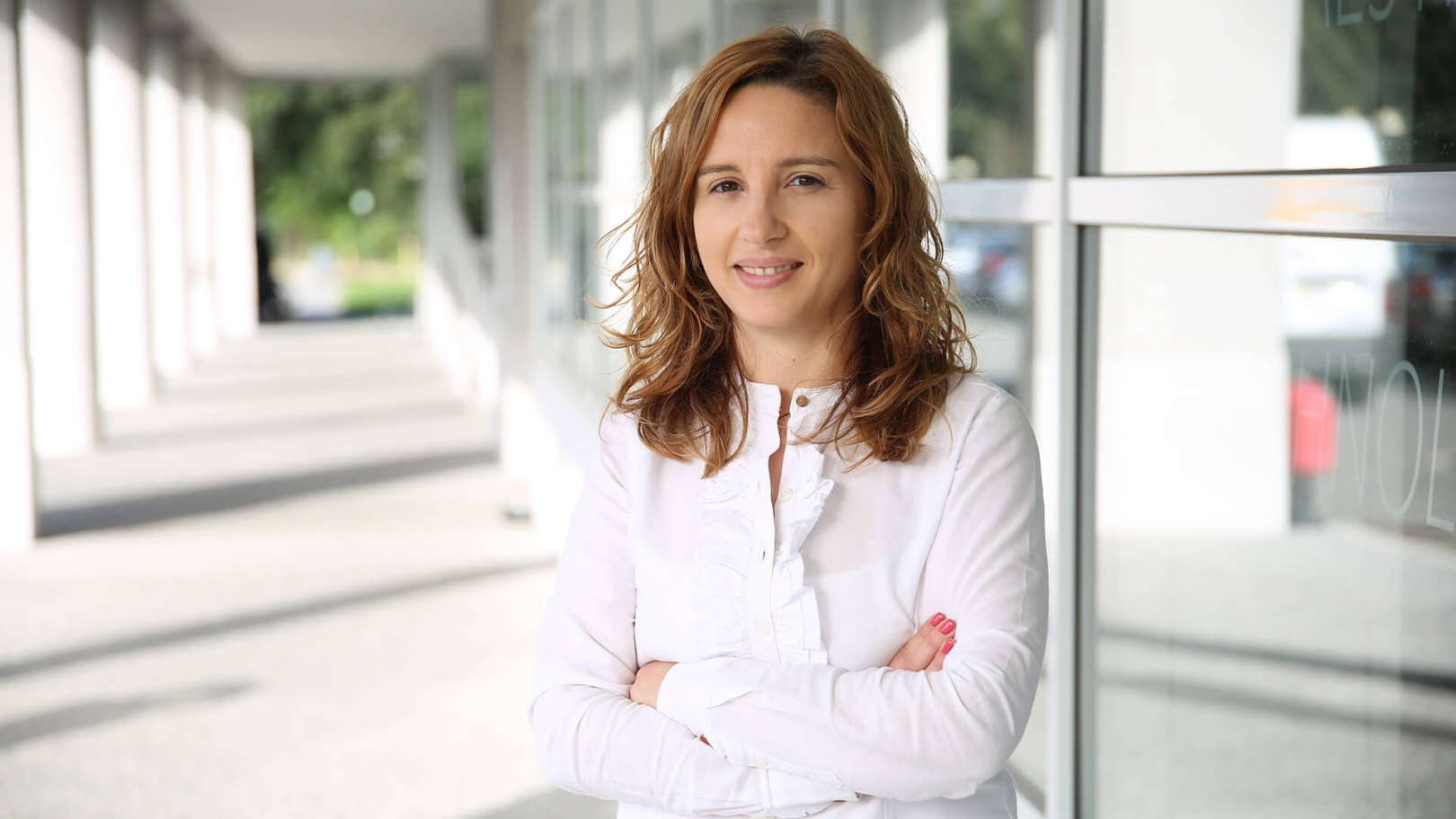About
Elsa Silva is a researcher at INESC TEC's Industrial Engineering and Management Center and an invited Assistant Professor at the University of Minho's Production and Systems Department.
She has a PhD in Industrial and Systems Engineering since 2012 from the University of Minho. Her main research interests include the ability to solve hard and large-scale combinatorial optimization problems that arise in various fields, such as cutting and packing problems and retail operations, using hybrid linear and meta-heuristic programming approaches.
Elsa Silva's main research contributions have been in cutting and packing (C&P) problems. Pioneering algorithms have been developed combining mathematical models, decomposition methods and heuristics to solve practical applications that so far have not been studied realistically. This was an important contribution to the advancement of C&P knowledge.
The practical applications addressed were Shelf Space Allocation problem, Strip Packing Problem in textile industry, Container Loading Problem with stability, weight limit, load balance and multi-drop constraints. Another important contribution in C&P area was the problem generator for every type of 2D and 3D rectangular C&P problems.


